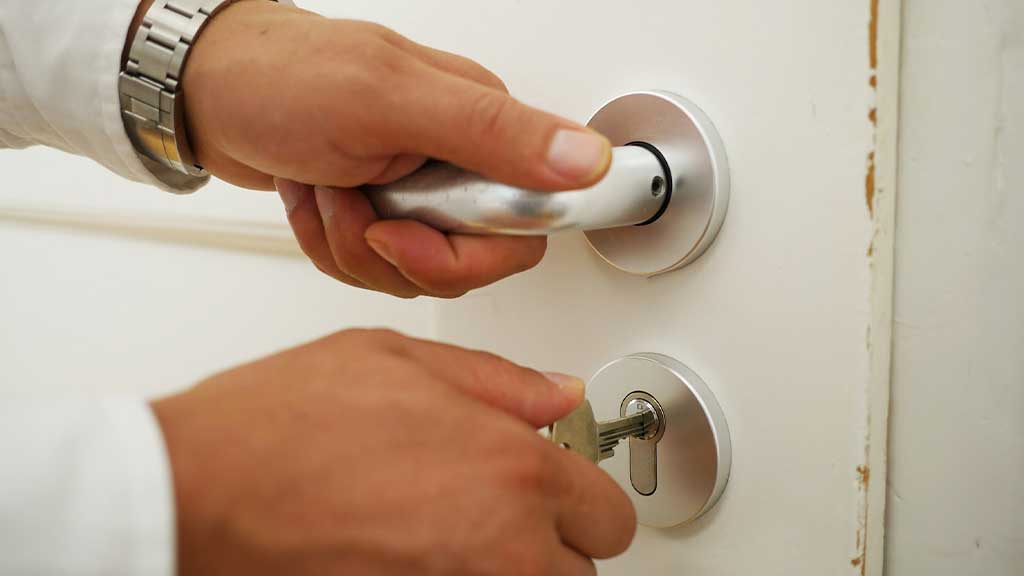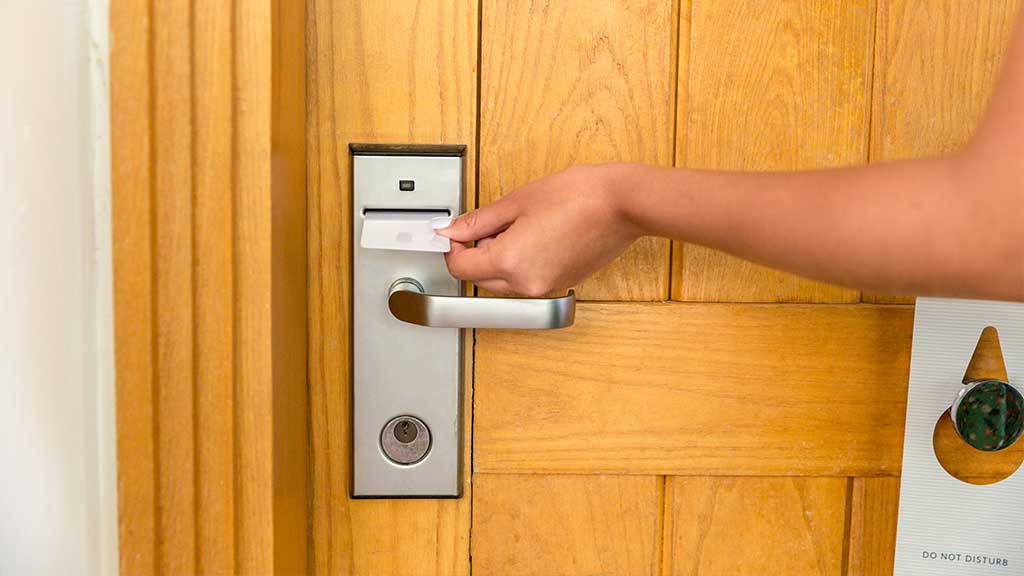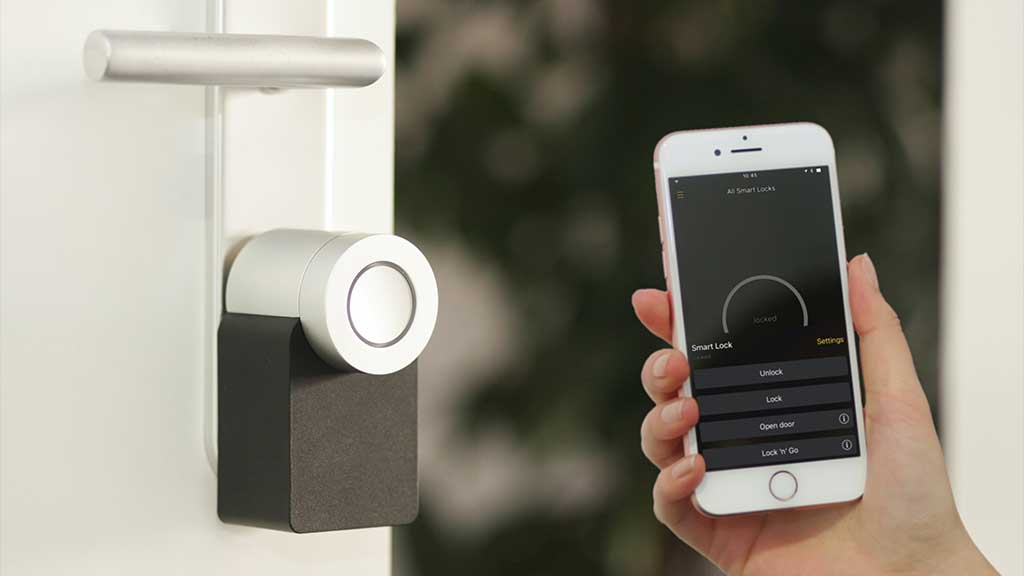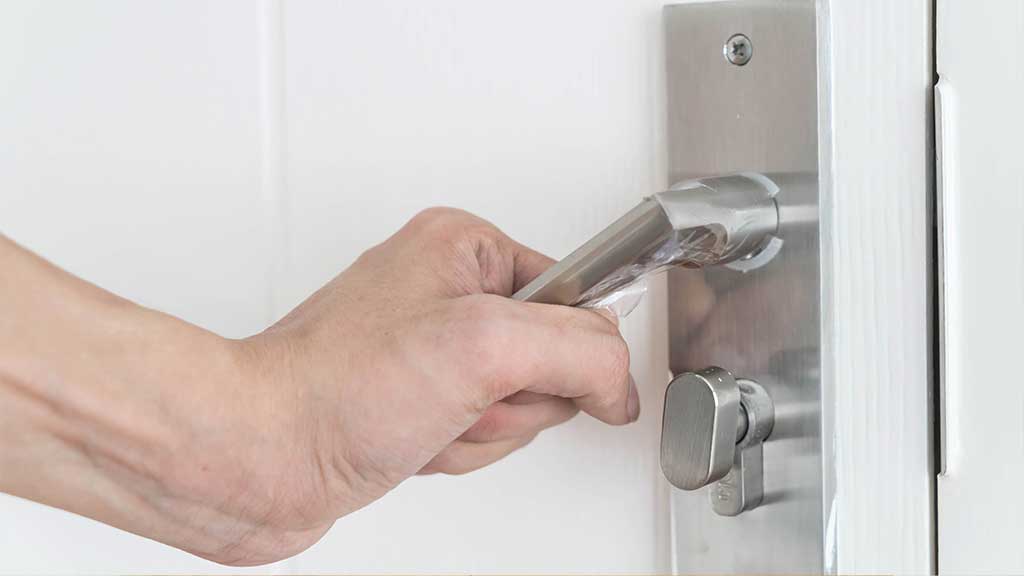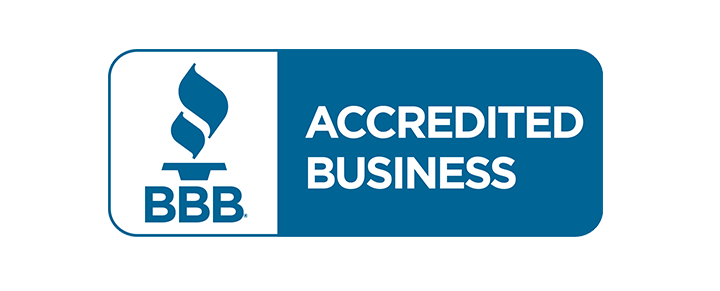Deadbolts are among the most widely used door locks in modern homes, and they’re a great choice whether you’re trying to upgrade your current level of protection or are just installing new locks in your home.
It’s possible to find locks of this type in a broad range of designs, materials, and varying levels of security to suit your home’s aesthetic and your family’s safety requirements. Deadbolt locks, as opposed to the more prevalent spring-bolt locks, are an excellent choice for securing your outside doors.
It’s important to know what kinds of locks are available to you so that you can choose the best ones for your home or business. Here is a brief definition of deadbolts and a rundown of the most prevalent types of deadbolt door locks in use today.
What is a deadbolt?
Door security mechanisms known as deadbolts feature an extended bolt that, when locked, inserts into the door frame to prevent entrance through the door itself. They’re a cheap means of protecting your home. Deadbolts, in contrast to standard door locks, can withstand far more force before being compromised. Common locks that are commonly used are typically fragile and simple to manipulate.
A door secured with a deadbolt can’t be opened by brute force. A latch is linked to one or maybe more cylinders inside the lock. When a steel bolt is inserted into a corresponding hole in the door’s striking plate, a secure and reliable lock is created. A key on each side, or a lock mechanism that rotates to shift the bolt, can unlock them.
There are three primary parts to a deadbolt.
The cylinder of a lock is where the key goes in order to unlock it. As opposed to a non-tapered cylinder, a tapered one provides far more security.
The door’s metal fastener to the jamb is called a bolt. The bolt must be constructed of sturdy material like reinforced steel, and it ought to protrude at least an inch above the door’s edge before being locked for maximum security.
A door’s striking plate is the metal element that goes into the frame of the door. A striking plate is installed to keep the bolt from tearing through into the door frame in the event that the door is propped open. Maximize your door’s security by using screws that penetrate the frame more than 1 1/2 inches and aligning the strike plate with the deadbolt.
The common deadbolt types.
On the current market, you can choose from seven primary varieties of deadbolt locking mechanisms. They are virtually identical in their operation, but each one possesses distinctive qualities that determine the extent to which they will function appropriately in a given context.
The mono-Cylinder Deadbolt
The first type of lock we’ll look at will be the single-cylinder deadbolt. These locks are operated from the inside with a thumb operated turn, and from the outside, they are key operated deadbolt locks. These deadbolts are the most typical type seen on residential buildings.
These locks are useful in situations where you need fast passage through a door only on one side. (like an emergency) but slower passage in the opposite direction. When installing a single-cylinder deadbolt, leave at least 40 inches of clearance between the lock and any glassware or window.
The Dual Cylinder Deadbolt Lock
With a dual cylinder deadbolt lock, in order to unlock the door from either side, a key must be used. This lock style is commonly used on entrance doors to add an extra layer of security as well as to prevent access via an open window.
The use of such deadbolts is strongly recommended for the sake of security. Fast exiting, for example, in the event of a tragic and accidental fire, it would be problematic when the doors are locked on both sides. In most circumstances, you’ll need to check local ordinances and national construction codes before proceeding.
The Electric Deadbolt
Homeowners who are looking for a dependable and hassle-free method to safeguard their houses frequently choose electronic deadbolts as their preferred option because they are deadbolt locks with numbers used for password input. In addition to providing the same level of safety as well as sturdiness as their conventional counterparts, these locks also come equipped with the convenience of a touchpad or touch screen.
You will never be concerned about misplacing your house keys anymore, thanks to this feature, which enables you to create a one-of-a-kind access code. They are not linked to your Wi-Fi network or any of the other equipment in your smart home.
Electronic deadbolt locks are a wonderful option to consider, especially if you are searching for a straightforward method to safeguard property and you need the most cutting-edge technology available for smart homes.
Smart Deadbolt Locks
When compared to more conventional electronic or mechanical locks, installing any variation of the smart deadbolt lock provides a number of advantages over other types of deadbolts.
Connecting smart locks to any house running program, or router can be done either directly over Wi-Fi or through another form of technology that is part of a smart home. Because of this, you may use your cell phone to easily program and visit any website, no matter where you are in the globe!
You are able to check the condition of your lock as well as give it commands to unlock or open wirelessly if the device is linked to your Wi-Fi network or your smart hub.
In contrast, various smart locks come with supplementary capabilities, such as proximity warnings and auto-locking, which can be utilized by the user. Having these additional capabilities allows you to relax in the knowledge that the home is safe even when you aren’t there to watch it.
There are several things to bear in mind if installing the smart lock in your home is something you are contemplating. First things first, check to see if the lock will work with the door hardware that you already have. Even though the vast majority of smart locks are compatible with conventional deadbolts, it is important to verify this compatibility before making a purchase.
The second step is to consider how you’ll be utilizing the device. If one intends to let other people, such as relatives or friends, in, opt for a deadbolt that can accommodate a number of different user codes. With this method, each individual can be given s custom password, and the admin will be able to monitor who enters and exits the building.
Finally, you should think about the characteristics that are essential to the security of your stuff. Some of these locks provide only the most fundamental level of safety, whereas others come equipped with a variety of additional functions. Just choose a lock that provides the features you require in the proper proportions to meet your requirements.
Rim Deadbolt
The rim deadbolt lock is simply just a type of deadbolt that’s also mounted on the interior frame side of your door, most frequently in the area close to where the doorknob is located. This kind of lock can be opened from both directions utilizing a thumb turn in the doors inside.
When it is not possible to place a conventional deadbolt on a door, installing a rim lock is an excellent option to increase the level of security on the door. These locks are also simple to set up, as most installations require nothing more than a few household tools.
The fact that a rim lock is attached to the door makes it significantly weaker than a conventional deadbolt, which is the primary drawback of this type of lock. If someone were to attempt to pry their way through the door, they would have an easy time breaking into it because of this.
Vertical DeadBolt
Because of the strong fastening mechanism, this kind of deadbolt is also referred to as a jimmy-proof bolt lock. This is because the lock cannot be opened by force or by being attacked in any way. This kind of lock is commonly used as an additional layer of security on outdoor doors because it requires very little modification to fit in and is surface-mounted, making installation relatively simple, which makes it a secure and integrated deadbolt.
Because the bolt as well as the jamb bracket are entangled, these bolts are difficult to open because of the connection that exists between the two. Doors at commercial establishments as well as private homes often have them installed. Doors that open inward as well as doors that open outward can both be secured using vertical bolts.
Mortise Deadbolt Lock
Mortise locks are an excellent alternative for use as residential or business locks because of their high level of protection against forced entry. The fact that these locks have a metal frame that contains both a bolt and a latch lock makes it incredibly hard to pry open any one of them.
Mortise locks include a pocket which is rectangular in shape, (also called the mortise) that is cut through into the door, which makes them much harder to manipulate than other types of locks. Because of this, it is significantly more challenging to get through the door with only brute force.
Because of the characteristics that make them more secure, mortise locks are typically more costly than the usual deadbolt locks. Nevertheless, this added protection is well worth the additional cost. Mortise locks, on the other hand, are an investment that will unquestionably prove to be worthwhile for homeowners seeking the best possible level of safety.
The difference between a deadbolt and a deadlock
The phrase “deadlock” refers to any form of door lock that can only be locked and unlocked with the use of a key and is most frequently seen on outside doors. Deadlocks are the most secure sort of door lock. The term “deadlock” can refer to both deadbolts and dead latches.
Conclusion
Your preferences and finances will determine which types of deadbolts will serve you the best. Consider purchasing a conventional deadbolt with a single cylinder if all you desire is the advantage that comes with having a deadbolt installed. In the event that you are unable to install a deadlock, you might want to look at rim locks as well as mortise locks as an alternative.
Electronic or otherwise “smart” doors are an excellent choice since they combine the security of a conventional lock with the ease of other types of doors. In addition, if you are searching for the highest level of safety that money can buy, you might think about investing in an expensive model of the deadlock, which just maximizes your security.
Always ensure that your deadbolts are installed and used properly, and don’t forget that selecting the appropriate deadbolt for your home’s needs is an essential component of effective home security. If you follow the tips provided here, you will be able to select the type of deadbolt that is most suitable for your requirements, ensuring that your home is secure.
FAQ
1. What is a Deadbolt Door Lock?
Door security mechanisms known as deadbolts feature an extended bolt that, when locked, inserts into the door frame to prevent entrance through the door itself
2. What is a Two-Way Deadbolt?
This is a deadbolt that allows you to open and lock a door from both sides of the door.
3. What Does Jimmy Proof Mean?
When a door lock is jimmy proof, it means that the lock that cannot be forced open or pried open.
4. What are the Different Kinds of Deadbolt?
There are three basic variations available for deadbolt locks: single, double, and vertical.
5. What Type of Deadbolt Should I Get?
Your preferences and finances will determine which types of deadbolts will serve you the best.

